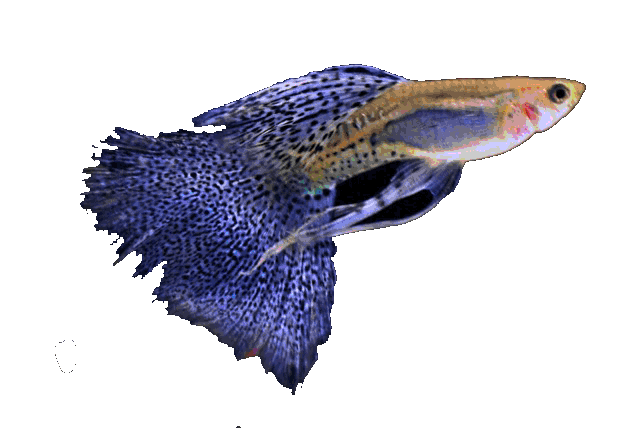



Kingdom: Animalia / animals
Trunk: Chordata / string players
Class: Actinopterygii / arthropods
Order: Cyprinodontiformes / Toothpicks
Family: Goodeidae / live-bearing Mexican carp
Gender: Girardinichthys
Type: Girardinichthys multiradiatus
( Meek , 1904)
Basic data:
Scientific name: Girardinichthys multiradiatus (Meek, 1904)
Explanation of words: Girardinichthys (according to ichthyologist Charles Girard ) and the Greek word (Ichthys = fish), multiradiatus = with many rays (the species has many more fin rays than related species)
Slovenian name:
Group: Livebirds
Source: Mexico , the upper part of the Rio Lerma and the lagoon de Zempoal in Mexico
Size: 5.5 cm, males up to 3.5 cm
Biotope / habitat : Ponds, ponds and canals up to a depth of 1m (silt, algae, vegetation, ..)
Social behavior: Peaceful towards other species (probably the most peaceful representative), temperamental males
Diet: Omnivore, predominantly plant food / algae and decaying plants, also takes flakes and insects on the surface
Cultivation: Medium (3/5)
Aquarium: Minimum 80 liters
Population: group per 80 liters of water
Decoration: Stones, sand / fine substrate, water lentils, Salvinia, Potamogeton, Scirpus and Juncus.
Temperature: 17-20 ° C
pH: 6-8
Hardness: from 5 ° dGh to 20 ° dGh
Lifespan: 3 years
Synonyms
Girardinichthys multiradiatus
Characodon multiradiatus Meek, 1904
Lermichthys multiradiatus Hubbs, 1926
Girardinichthys limnurgus Jordan & Evermann, 1927



